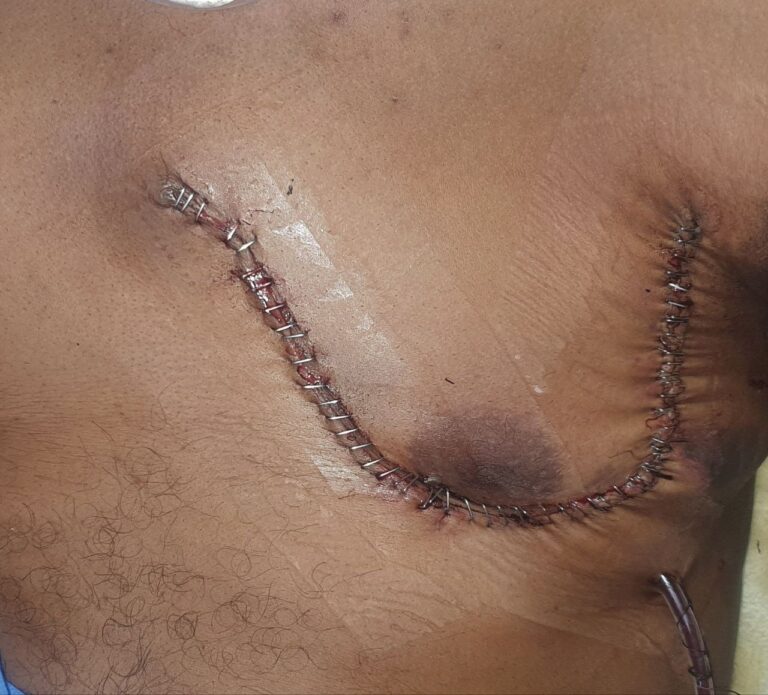The role of surgical endoscopy in treating tumors
Thank you for reading this post, don't forget to subscribe!• Laparoscopic surgery is a minimally invasive surgical procedure that allows the surgeon to access the cavities and internal organs of the body by making very small incisions or through natural body openings, such as: the mouth, nostrils, or anus.
Benefits of laparoscopic surgery
• This technique allows the surgeon to see inside the patient’s body and operate through a much smaller incision than traditional open surgery requires.
Benefits of laparoscopic surgery include the following:
1. Small incisions, few incisions or even no incision.
2. Less pain.
3. Reduced risk of infection.
4. Shortening the length of stay in the hospital.
5. Speed of recovery.
6. Less scarring.
7. Reduced blood loss.
Types of laparoscopic surgery:
1. Laparoscopy.
2. Gastroscopy.
3. Cholecystoscopy.
4. Appendoscopy.
5. Thoracoscopy.
6. Esophagogastroduodenoscopy.
7. Colonoscopy.
Risks of laparoscopic surgery:
1. Excessive anesthesia.
2. Feeling bloated for a short time after the procedure.
3. Mild cramps.
4. Numbness in the throat for several hours due to the use of a local anesthetic.
5. Minor infection.
6. Persistent pain in the endoscopy area.
7. Internal bleeding is usually minor, and can sometimes be treated by endoscopic cauterization.
Preparing for surgery:
• Laparoscopic surgery does not require an overnight stay in the hospital and usually only takes about one hour to complete. The doctor will provide instructions on preparing for this procedure, such as:
1. The individual needs to fast for approximately 12 hours for many types of laparoscopic surgery, although this varies depending on the type.
2. Laxatives can be taken the night before the gut examination procedure, in order to empty the digestive system.
3. The doctor performs a preoperative laparoscopic examination.
4. The doctor should be informed of all medications and supplements being taken and any previous surgical procedures.
Surgery steps:
1. Laparoscopic surgery is usually performed when the patient is conscious using only local anesthesia, but often there is a need to completely anesthetize the patient.
2. This is done by inserting an endoscope, which is a miniature telescope connected to a small video camera, into the cavity that the doctor intends to operate, such as: the abdominal cavity, the rib cage, and other cavities in the body.
3. For endoscopic procedures that involve oral entry, a mouthguard will be used to protect the teeth and lips when the tube is inserted.
4. Through other incisions, special surgical tools are inserted that help in incising and separating tissues, connecting and connecting blood vessels, and suturing tissues as well. All surgery is done while the surgeon is watching television that displays the components of the patient’s body, instead of staring at the patient himself.
5. The surgeon is compensated for the feeling of his hand touching the tissues through the high quality of the images taken by the camera, the magnification of the tissues, and the good lighting that the endoscope contributes to.




